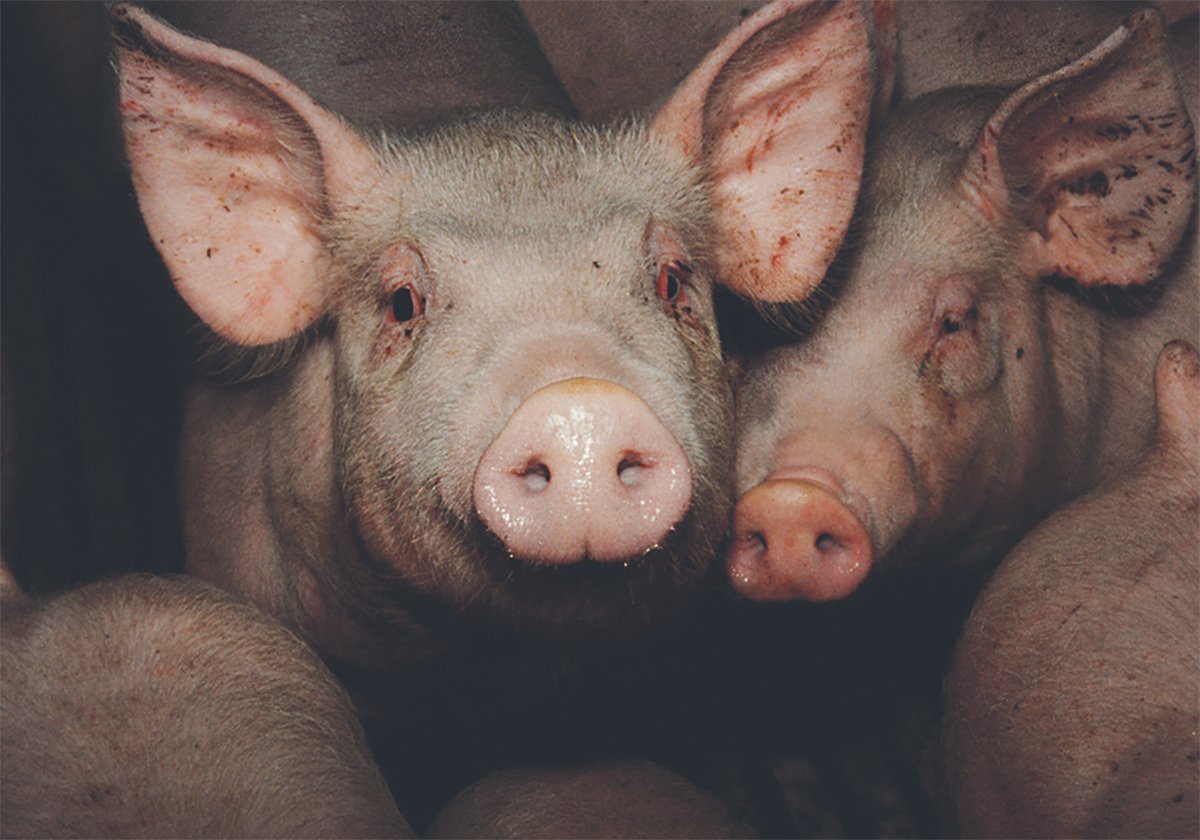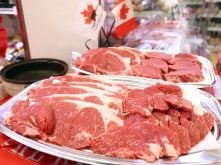Two western Canadian beef plants have announced expansion plans.
Lakeside Packers in Brooks, Alta., is expanding its processing capacity to handle up to 5,000 head in two, eight-hour shifts.
The $17 million expansion will create 300 new production line jobs once it is completed in the fall of 2005, said Gary Mickelson of Tyson Foods, which owns Lakeside.
The plant is adding more cooler space and streamlining production lines. Construction work is not expected to affect regular plant operations. Mickelson said no changes are planned for the plant’s existing processing or rendering facilities floor, which was constructed eight years ago and can handle increased production.
Read Also

The Western Producer Livestock Report – October 30, 2025
Western Producer Livestock Report for October 30, 2025. See U.S. & Canadian hog prices, Canadian bison & lamb market data and sales insights.
Lakeside killed cows until recently, but regulatory changes made it difficult to continue because exporting plants cannot handle cattle younger than 30 months in the same facility.
In Saskatchewan, XL Foods of Moose Jaw has announced it is moving to double shifts to process twice as many cattle. The plant processes about 850 per day. In addition, it is doubling cooler space to hold about 1,500 carcasses that are later shipped to the Calgary division for further processing.
XL Foods spokespersons weren’t available for comment.
Cargill Foods in High River, Alta., does not have immediate expansion plans, said company official Rob Meijer.
The plant processes about 4,100 head per week and is running single shifts six to seven days a week.
“We’re at capacity in terms of what we are able to do at this time,” he said.
However, on July 28, Cargill announced the purchase of Caravelle Foods for an undisclosed amount. The deal is expected to close within the next couple months. Plants at Spruce Grove, Alta., and Brampton, Ont., produce frozen meat patties for Canadian fast food chains.
Increased processing capacity has been recognized as the major issue since live cattle exports were stopped 15 months ago after a single case of BSE was discovered in Alberta. The United States and Mexico have accepted boneless beef cuts from Canadian animals younger than 30 months since last fall.
“If we had all known how much time it was going to take to get this border open, people would have made different plans,” said Jim Laws of the Canadian Meat Council.
Plants across Canada are assessing expansion capability, he added. Expansion is most likely to happen in standing plants where infrastructure is already built.
“It makes the most sense from any plant’s standpoint,” Laws said.
Packing plants have enjoyed a profitable year and it is time to reinvest in added capacity, he said. It is also more profitable to ship value-added boxed beef out of the country rather than selling live animals to be processed elsewhere.
However, Laws said widespread expansion must be sustainable after trade normalizes and livestock can move again.
“We hope the Canadian farmers will not soon forget these plants.”
Government co-operation
The industry does not expect government to finance expansion or new plants but has urged the Canadian Food Inspection Agency to hire more veterinarians and inspectors to meet the expansion needs.
“That will be a good investment of taxpayer dollars,” he said.
Western Canadian plants are processing more than 55,000 head per week but 58,000 compete for packer space. Overall, federal and provincial plants are killing about 70,000 per week of all classes of cattle.
So far, available cattle supplies are being handled within a reasonable time frame.
“Fed slaughter packers don’t feel they are that bad on currentness,” said Cindy Delaloye of the Canadian Meat Grading Agency.
A major challenge is anticipated when this fall’s large calf crop appears. However, ample feed supplies may alleviate some of the stress until processing capacity broadens.
“Cow-calf producers may just decide to feed their calves this winter,” Delaloye said.
The Canadian Cattlemen’s Association estimates up to 510,000 fed and non-fed animals could be available this fall so plans must be made if borders remain closed to livestock.
One plan involves a set-aside program to hold cattle back until increased capacity is available.
“The set-aside program would be a temporary solution to improve prices in the short term and must be coupled with the efforts to expand slaughter capacity,” the association said in its monthly newsletter.















